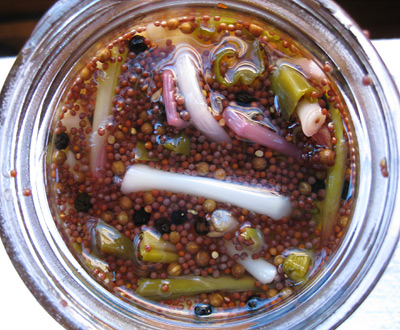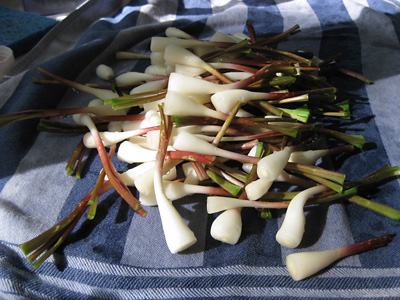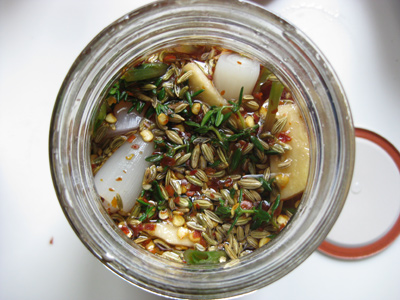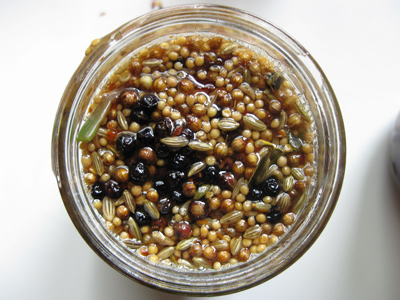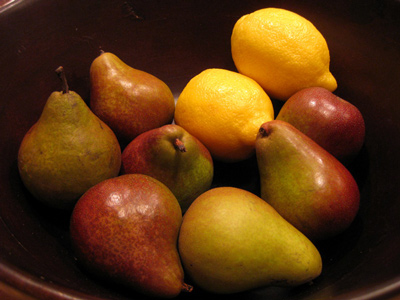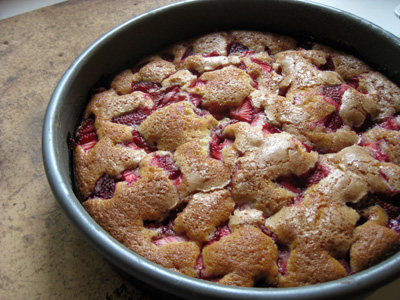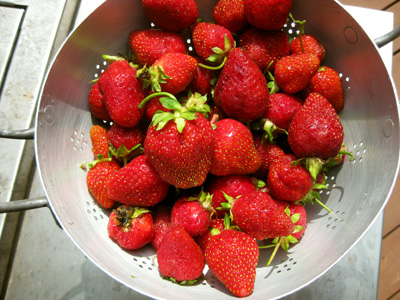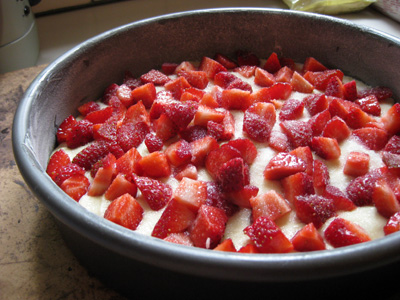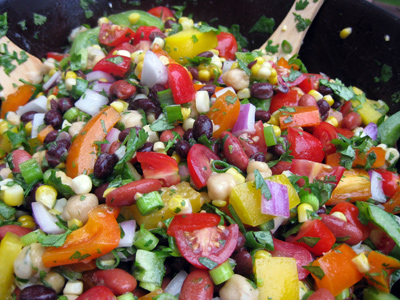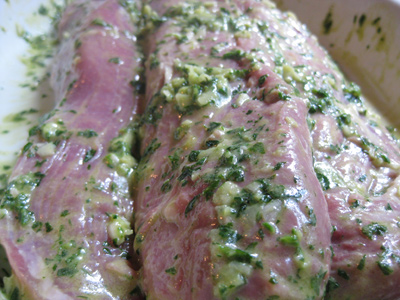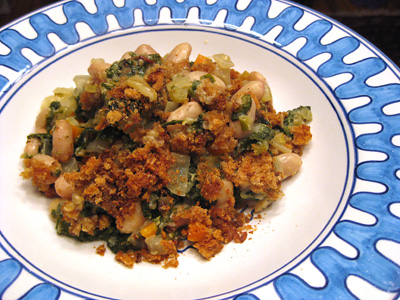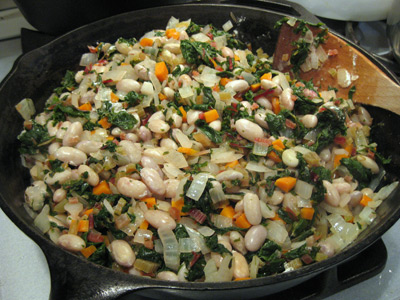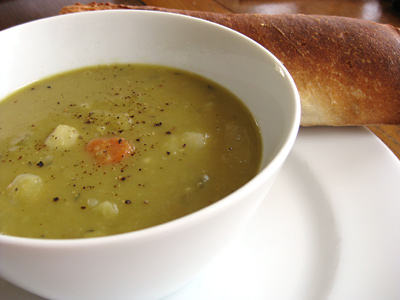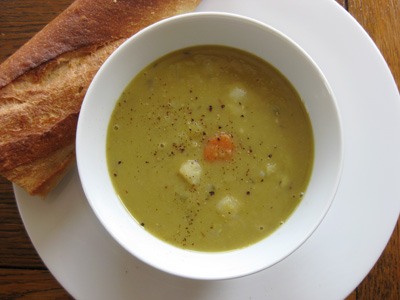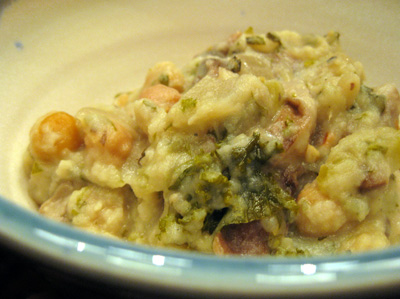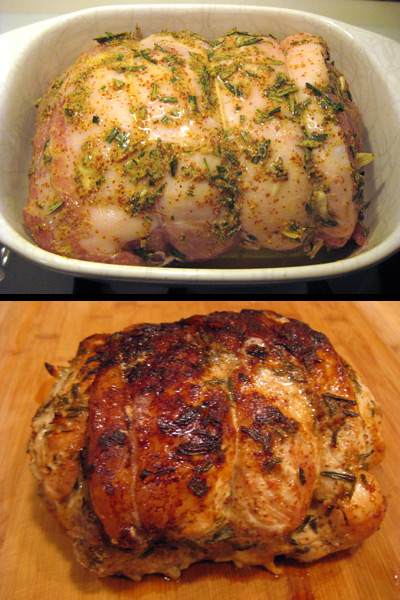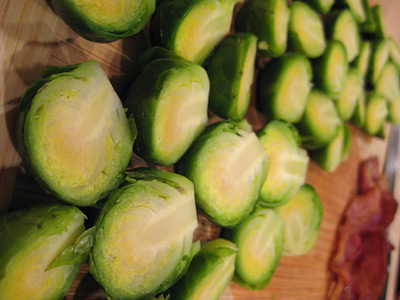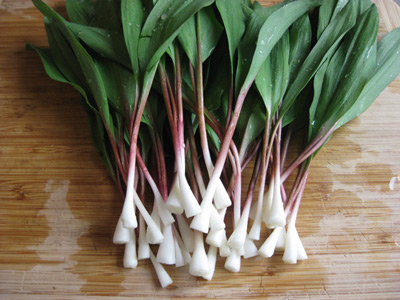
It’s ramp season here in New York, and with that comes Forage and Feast led by Jonathan of Lab 24/7 and Marc of No Recipes (here’s my post from last year’s event). I had been looking forward to this for weeks. Nothing beats tromping around outside with a bunch of fun people and digging your food right out of the dirt.
 Ramp greens
Ramp greens
Still, there were moments of sheer and utter pain. I’m talking about in-the-trash-can-in-front-of-20-people kind of pain. I have the utmost respect for professional caterers who can waltz into a foreign kitchen with strange or missing equipment and still pull out an incredible meal with one hand tied behind their back while hopping. ‘Cause folks, that ain’t me.
The Fritter Fracas
Last year, in the comfort of my own kitchen, I made some delicious ramp fritters. I remembered it being incredibly easy, so thought, “why don’t I whip this up as a working snack for everyone?” Note to self: hey bozo, next time you think to cook for 20 people in a strange kitchen, *practice* the recipe again beforehand.
I could *not* get the batter to cook all the way in the center of the damn things, and there was no time to figure out why because my window at the stove was shutting fast. I don’t know if it was my mistake of putting lemon in the batter (I misread my own recipe in the rush) or the fact that I made the batter too thick because I had to eyeball the flour. I’m thinking the latter, but maybe a food chemist can weigh in on the former. Someone suggested finishing them off in the oven, but that was an unmitigated disaster of soggy proportions. The fritters thus took an undignified exit into the bin.
The Brisket Brouhaha
Then there was the brisket — this gorgeous grass-fed brisket from Ulla’s, of Goldilocks finds Manhattan, family farm. I had visions all morning of a nice slow braise with melting, carmelized onions, garlic, ramps and a nice half-bottle of white wine. However, with one oven juggling multiple dishes at multiple heats and a stove top completely occupied, the idea of a braise was a no-go. Someone suggested using a smoker, which I had never used before. Does trying something unfamiliar in a time-pressure situation sound like a good idea?
This will not end well, you sagely think to yourself. But I concocted a lovely little dry rub and we sallied forth. Not unlike the Light Brigade. Only to find that we couldn’t get the smoker above 200 degrees. And only 4 to 5 hours with which to work. Cannons to the left of us. Cannons to the right.
So the poor briskets got shunted from smoker to t00-hot-oven to sitting in the cold outside to a quick warm up in the oven again. It was the most delicious smokey, spice-rubbed leather you might ever eat.
Ulla was totally understanding, but I felt guilty about the cow.
The Rib-Eye Rescue
The fritters were mush. The brisket was being ogled by the local shoemaker. I then had to grill seven gorgeous grass-fed rib-eyes. Somehow, Ulla was still talking to me, and at this point, I was terrified of killing this meat as well.
“Hot charcoal grill in the pitch dark,” I thought. “Relatively thin steaks, probably going to rest a while and need to be warmed up again … ok, let’s just not overcook these: 3 min a side and test for firmness.” I’m usually good about measuring how well done a steak is by feel, but that would be totally inconsistent with my day, would it not? And I was an idiot for not checking the steaks after 5 minutes of resting.
20 minutes later, Marc comes to me and whispers, “Stephane finished the ramp chimichurri and we want to to serve the rib-eye, but it’s… far too chewy.” That is probably the nicest way anyone has ever said, “your meat is so raw it is inedible.”
This I could at least fix! With an inner howl, not unlike that of a manic-depressive coyote , I gave the meat a quick run under the broiler and that did the trick. With a dip in the chimichurri, thank heavens it was a nice little bite.
Now, just to put forth a little contrast, throughout *all* of this, Stephane of Zen Can Cook has been juggling a million dishes and he pulls out the most perfectly roasted lamb cutlets (with a balsamic glaze) you’ve ever had. What a right bastard!
They all killed me with kindness, but I knew. I knew.
Redemption via Pickling
Here is the one thing I did do well (not surprisingly, in my own kitchen), and if you can get ahold of some ramps, I highly recommend it. Follow this link to Stephane’s post from last year’s Forage and Feast and try your hand at his pickled ramps recipe. Make yourself a martini with these pickled ramps, and I promise the pain of even a day like mine will start to fade.
But in truth, I’ve had fun writing about this little melodrama, and I had fun the whole time. The brisket has even found a happy ending in a slow-cooked chili. I won’t deny that it stings to fall down in front of people you want to impress, but that came with some useful lessons learned and new friends made.
